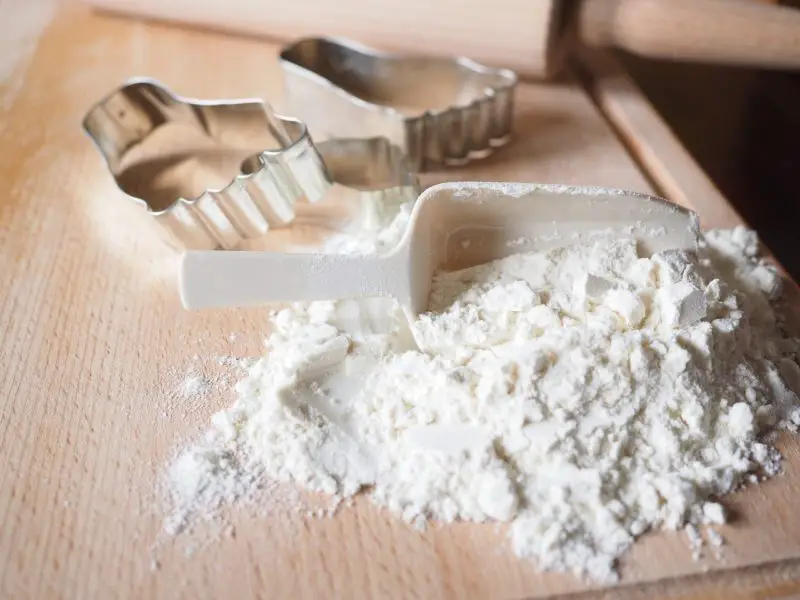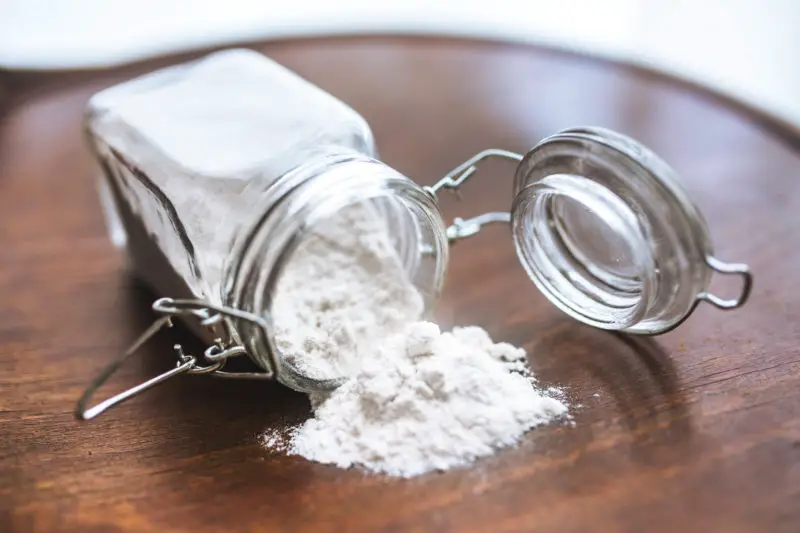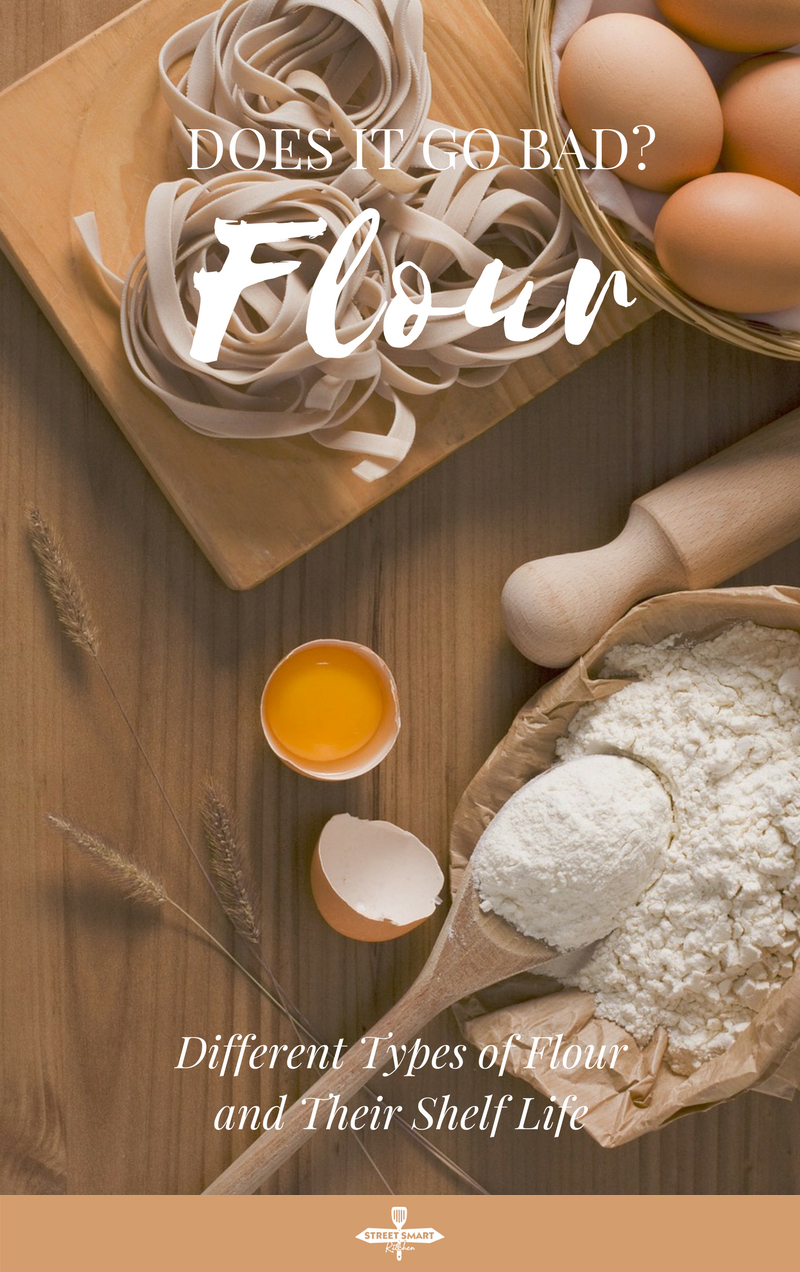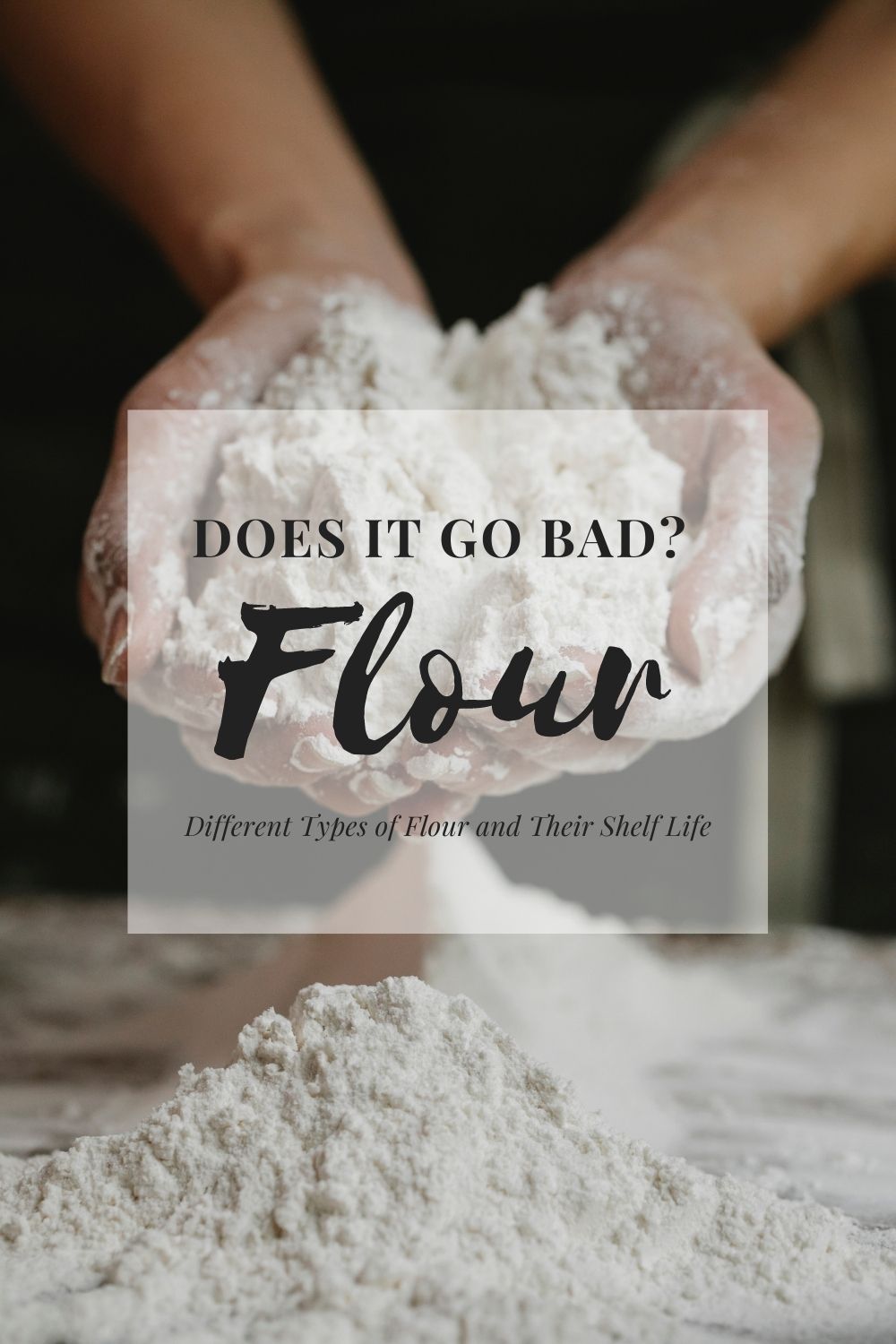Does Flour Go Bad? Different Types of Flour and Their Shelf Life
Does flour go bad? Yes. Find out the signs of spoiled flour, the shelf life of different types of flour, and tips on how to properly store your flour.

Flour is definitely one of the most all-rounder ingredients. You can use flour in many recipes for the day, from a breakfast pizza to a hearty cauliflower gratin, to a classic shepherd’s pie for dinner! With its many uses, it is normal to stock up on flour.
Does flour go bad? You ask. Yes. Just like any cooking ingredients, flour can go bad if not stored properly.
Since flour has already become a regular in every pantry, there are even alternative flours for those with gluten sensitivity. Flour is used in many of your favorite baked desserts, bread, for pasta and noodles, pie and pizza crust, as a thickening agent for soups and sauces and a lot more.
For that, we have our ancient ancestors to thank. They are responsible for discovering the process of grinding grains and seeds to turn them into fine powder back in 6000 BC.
Different recipes might require different types of flour. If stocking up, it’s best to be mindful of the shelf life of different kinds of flour. Knowing how long flours can last and if they’ve already gone bad is part of healthy and safe cooking.
Different Types of Flour and Their Shelf Life
 Because the demand for specific types of flour has emerged over time, many kinds of flour are now available in the market. They usually have a best-by or best-before date on the packaging. This indicates when the flour’s peak quality will start to decline.
Because the demand for specific types of flour has emerged over time, many kinds of flour are now available in the market. They usually have a best-by or best-before date on the packaging. This indicates when the flour’s peak quality will start to decline.
However, flour will still be good after the best-before date provided if it is stored properly. Here’s a table of commonly used flours and their shelf life past the best-by date.
| TYPES OF FLOUR |
STORED IN A PANTRY |
STORED IN A FRIDGE / FREEZER |
| All-Purpose Flour | 1 year | 2 years |
| Bread Flour | 6 months | 1 year |
| Gluten-Free or Alternative Flours (banana, buckwheat, coconut, nut, oat, rice, etc.) |
3 months | 6 months – 1 year |
| Oat Flour | 3 months | 6 months |
| Self-Rising Flour | 4 to 6 months | 1 year |
| White Whole Wheat Flour | 3 months | 6 months |
| Whole-Wheat Flour | 1 – 3 months | 6 months – 1 year |
How to Tell If Flour is Bad
Exposure to air and moisture cause the natural fats in the flour to oxidize which will decline in quality over time.
You can easily know flour has gone rancid from its smell. Most flour has almost no odor while some nut and alternative flours have a sweet or nutty smell. Spoiled flour smells musty, sour and sometimes like rubber or Play-Doh.
Aside from spoiled flour, you should also watch out for flour beetles also known as weevils. Improper storage can cause the presence of these bugs. Weevils are completely harmless to the human body. Kill the bugs immediately to prevent discoloration and foul odor in the flour. Freezing your flour for a few days or a week will kill these bugs. After the bugs are killed, the flour is still safe and usable. Follow these steps to tell if your flour has weevils:
- Fill a clear glass with your flour.
- Press the flour together until you get a flat surface slightly below the glass rim.
- Leave your glass in a warm bright area for a few hours. You will know there are weevils if the smooth surface of the flour is broken by a larvae or bug.
To get rid of weevils, sift your flour thoroughly to separate the weevils from your flour. It’s understandable that you might be grossed out with the idea of bugs residing on your flour. You can toss the flour if killing the weevils won’t be enough to assure you. Or do your best to avoid infestation in the first place.
Spoiled flour can give your baked goodies a strange taste and texture. Worst case scenario, foods made with spoiled flour can make you sick. Rancid flour contains mycotoxins. Too much intake of mycotoxins can cause health complications in the long run such as cancer, kidney damage, reproductive disorders and suppression of the immune system.
How to Properly Store Flour
Follow these four tips to maintain the quality of your flour.
- Once you open the original flour packaging, transfer the flour to an airtight glass container or a resealable freezer bag.
- Keep your flour dry. Moisture is the worst enemy of flour.
- Store your flour in a cool, dark place, preferably the pantry, refrigerator or freezer. Freezing your flour will help maintain its quality for a longer time.
- Use a heavy-duty freezer bag when storing flour in the refrigerator or freezer to prevent flour from absorbing moisture and odors and flavors from other foods and products.
From the simply powdered grains and seeds ages ago, we now have a wide variety of flour for everyone. Flour is now even used outside the kitchen– hair and skin care, cleaning, natural ant repellents and more! Check out these surprising uses of flour around your home.

About the Author
Sharon Chen is an Integrative Nutrition Health Coach and author of the Complete Sous Vide Cookbook. She believes food not only brings healing but also connection. As the creator of StreetSmart Kitchen, she aims to make meal prep easier than ever and help you find balance, ease, joy, and simplicity in the kitchen as you improve your well-being.





Nice blog thanks for sharing.
We know that flour can be used in many recipes and we don’t need the history class about flours.
Just get to the point.
Article too long.
I agree. Wasted my time getting to the whole point of the article. So frustrating, being subjected unnecessarily to tortuous crap writing by any standard. I did read all that was linked. Mycotoxins turn out to be extremely rare. Barely worth the mention, but now I know LSD is a mycotoxin byproduct.
Does white Lily go bad left in the original bag in the freezer for close to 2 years
I have half of a 5 lb. bag of Gold Medal bread flour. It had been stored in plastic bag over the packaging in a freezer I do not have now. It has been outside of any refrigeration about a year. Is it worth or safe to keep?
If still okay, can I use it in place of regular white baking flour, no yeast?
Thank you for replying,
Joan Nutter. [email protected]
I noticed my white flour was beige around the edges in the airtight ceramic container I had it in. I’ve never seen this before and I don’t use a lot of flour. So it’s stored quite awhile. I threw it out. But I’d like to know what happened.
Whole wheat flour often smells a little minty when it is bad.